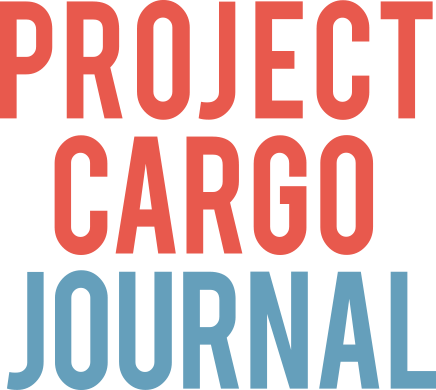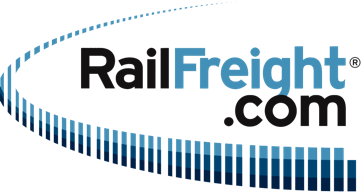Corn Belt Ports, Louisiana ports sign CEA
NewsThe Corn Belt and Louisiana ports signed a CEA to boost business, infrastructure, and federal support for trade along Mississippi River routes.

The Corn Belt Ports on the Upper Mississippi River and major Louisiana ports have signed their first-ever cooperative endeavour agreement (CEA) to enhance the efficiency and competitiveness of the Mississippi River’s agricultural and industrial trade routes.
The CEA aims to advance business development, infrastructure investment, and federal support for port operations along America’s Marine Highways 35 and 55.
The Corn Belt Ports are the federally recognised rural, regional, multi-modal, inland ports within the Corn Belt’s Lock and Dam System on the Upper Mississippi River and Illinois Waterway.
The ports handle nearly 100m tonnes of freight annually, which is expected to increase year after year. Since 2019, Corn Belt Ports have helped attract over US$2 billion of investment in multi-modal and natural infrastructure from multiple sources.
The Louisiana ports signing the new agreement include Plaquemines Port, Harbor and Terminal District., Port of Greater Baton Rouge, Port of New Orleans, Port of South Louisiana, and St. Bernard Port Harbor and Terminal District.
Key goals of the agreement include:
- Expanding global markets for U.S. agricultural products: In collaboration with the U.S. Department of Agriculture, the ports will address supply chain bottlenecks and enhance the flow of agricultural exports from the Midwest to global markets through Louisiana’s coastal ports. In addition, the group will convene an annual agricultural business development event in New Orleans.
- Support federal port and waterways infrastructure investment, navigation channel maintenance, and dredging funding priorities: The ports will take a unified approach to government relations on natural and man-made infrastructure and construction, operations and maintenance.
- Support for USACE reforms: Recognizing the essential role of the U.S. Army Corps of Engineers in maintaining inland waterways, the ports will actively support ongoing reform initiatives aimed at increasing the efficiency and effectiveness of water resources infrastructure development.
- Support for MARAD Marine Highway Programs: The CEA will bolster efforts to create and strengthen federal programs that meet the needs of ports along Marine Highways 35 and 55, ensuring these critical trade routes remain viable and competitive.




